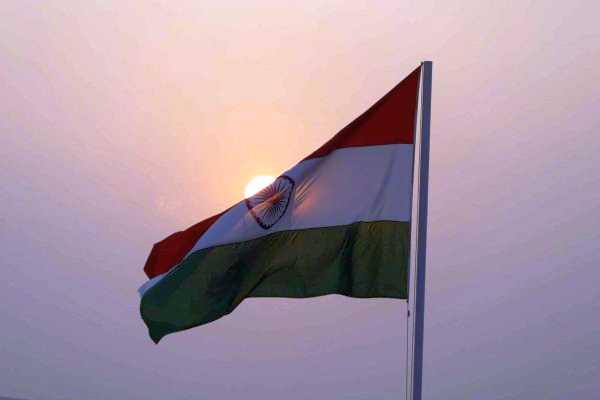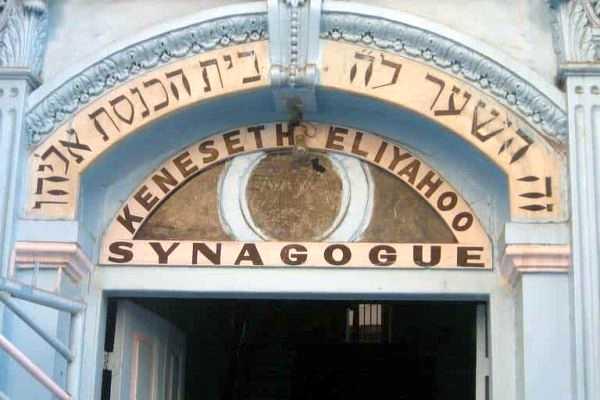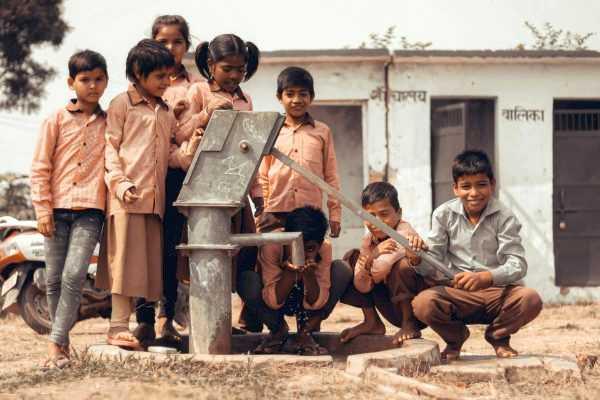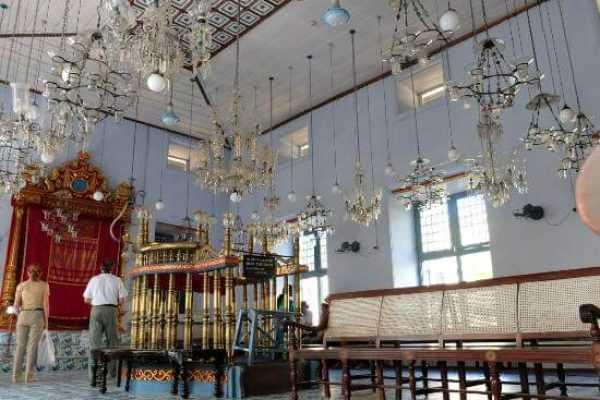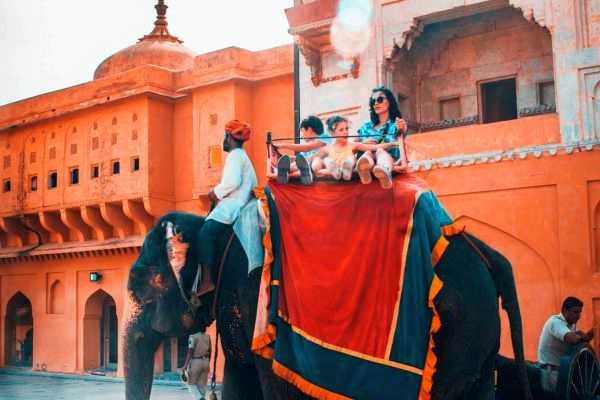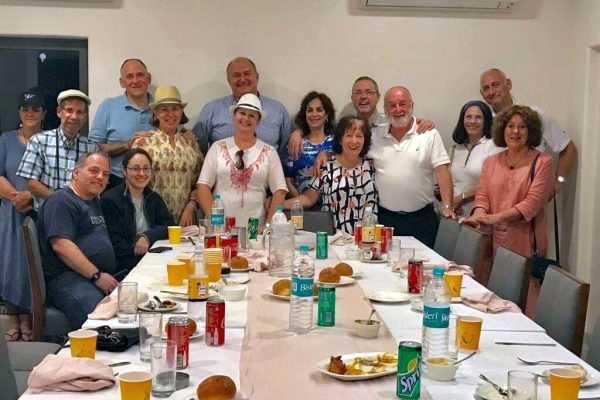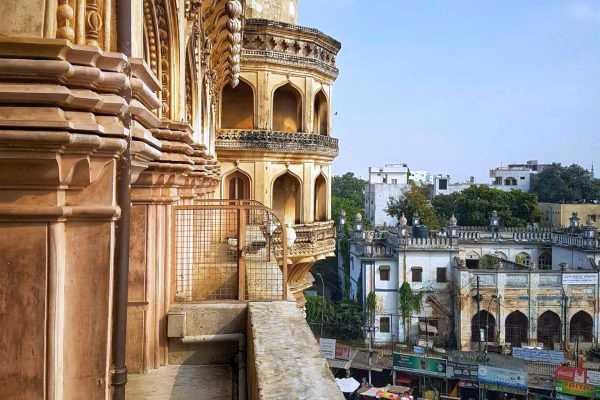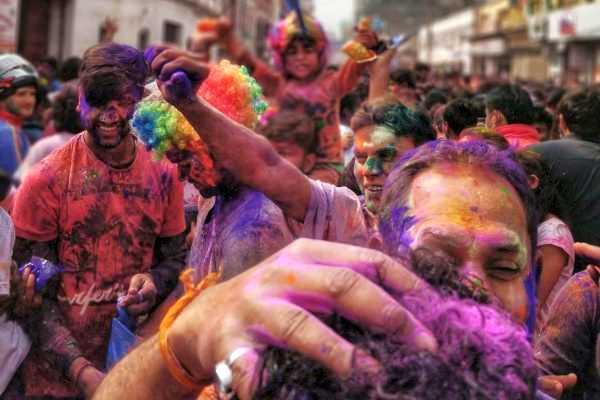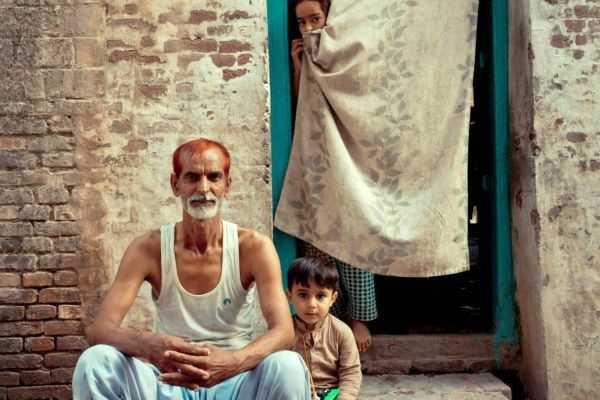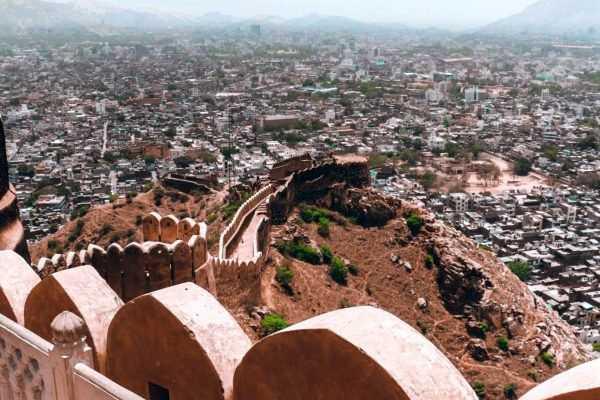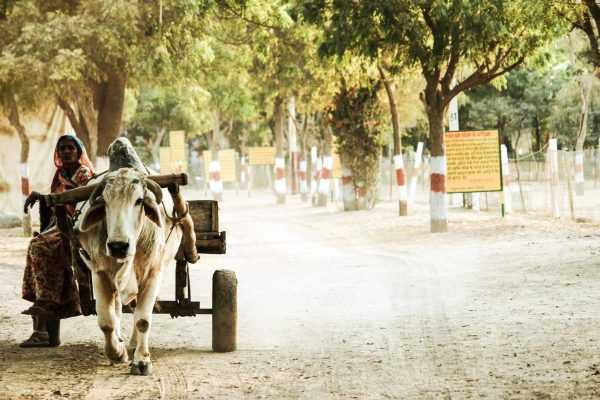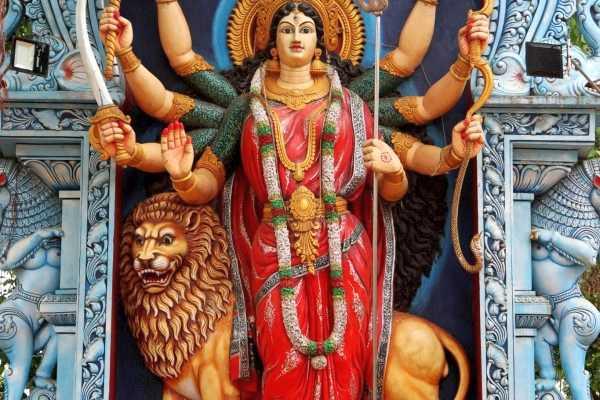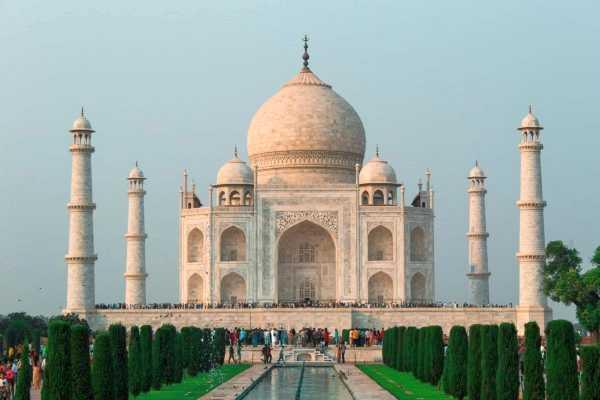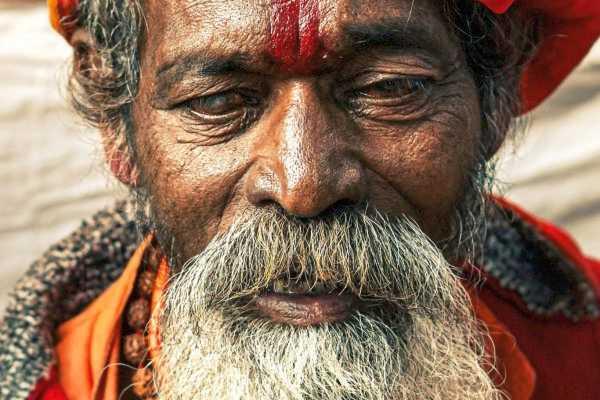November 10 - 20, 2025
Discover the wonders of India’s Golden Triangle region along with its rich Jewish history. Your trip to India is sure to be the adventure of a lifetime.
Discover the wonders of India’s Golden Triangle region along with its rich Jewish history. You will explore Delhi and Mumbai, where you will visit synagogues dating back to the 19th century.
Experience world-renowned attractions including the Taj Mahal, ancient fortresses and palaces, and India’s vibrant array of local bazaars.
You will be immersed in an authentic cultural experience in the exotic locales, meeting locals, and exploring the terrain on a camelback safari.
A live traditional Indian dance performance and Bollywood movie screening will give you a greater glimpse into the fascinating local cultural heritage.
Shabbat will be spent in Pushkar – a colorful, bustling village filled to the brim with Israeli backpackers. Your trip to India The Golden Triangle is sure to be the adventure of a lifetime.
Daily Itinerary & Attractions
Jewish Heritage and the Golden Triangle
A fascinating journey into the land of the palaces and its rich Jewish history
Highlights:
- Synagogues and Jewish communities in Mumbai.
- Jeep Safari tour in Bishnoi villages
- Camel ride in Pushkar
- Rajasthani Dance performance
- Elephant ride in Jaipur
- Bollywood movie show in Raj Mandir
- Rickshaw ride in Delhi
- Entrance fees to all monuments
Monday Arrive Mumbai
On arrival at Mumbai airport meeting with assistance and transfer to hotel.
Around 12.30 hrs we begin our tour and drive to the church gate railway station Visiting the famous Hanging Garden, Jain temple, Mani Bhawan, the former residence of Mahatma Gandhi that includes a reference library with over 2,000 books, a photo exhibition of Gandhi’s life and an old charkha or spinning wheel that Gandhi used.
Visit the SPICE MARKET (Mirchi Galli or Marcha Galli) located at Crawford Market in one of the crowded areas of South Mumbai. As the name suggests it is the place where you will find all kinds of spices (whole and ground) and dry fruits etc. From a variety of Kashmiri chillies to turmeric, cumin seeds, cinnamon, mustard seeds and much more, Mirchi Galli is the place that is lost in time.
After that visit Gandhi museum.
Also visit Chhatrapati Shivaji Terminus, formerly Victoria Terminus, is a UNESCO World Heritage Site and historic railway station which serves as the headquarters of the Central Railways in Mumbai.
Also free time in the evening at Colaba market.
Mumbai, earlier known as Bombay, is the capital of Maharashtra and the largest city of India, the golden triangle.
. Mumbai initially was the accumulation of seven islands on the Konkan coastline, which with the passage of time joined to form the island city of Bombay.
It further joined Salsette islands in the neighbourhood to form Greater Bombay. Bombay got its name from Bom Bahia, meaning “Beautiful Bay”, given by a Portuguese.
This was later popularised as Bombay state by the British. The current name of Bombay is Mumbai. More so, many say that Mumbai happens to be its original name, which is derived from “Mumba”, a local Hindu Goddess “Mumbadevi”, and “Aai”, means “mother” in Marathi. However, its name was on the records changed from Bombay to Mumbai in 1995. Overnight stay in Mumbai.
Tuesday: Mumbai
Later start with a Jewish Heritage Tour including a visit to Knesseth Eliahoo Synagogue (also known as Fort Jewish Synagogue), established in 1884 by Mr. Jacob Sassoon in memory of his father.
We then leave to visit the Magen David Synagogue – the huge beautiful building is a famous Jewish heritage point and tourist site. It is located on the premises of the Jewish school and prayer services are held
There every morning, Shabbat, and every festival. The synagogue is open from 9am to 9 in evening.
Magen David Synagogue was built in 1861 in Byculla, Mumbai by David Sassoon. It is a tall one-story building in the style of Victorian architecture. Its Gothic character with frontal pillars and clock tower is noteworthy.
Magen David Synagogue has a beautiful tebah (reader’s platform that marks the center of Sephardic synagogues) and hekhal (ark which holds Torahs in cases of hammered silver).
Regular worship services are conducted here also. David Sassoon built an elementary school near the synagogue which is now the Sir Jacob Sassoon Free High School. The synagogue runs under the Sir Jacob Sassoon Charity Trust.
Later, drive to the Church gate Railway Station, where you will see the Dabbawalas boarding the Dabbas in the wooden cart in the Train.
Enjoy the Dabbawala tour – the word Dabbawala can be interpreted as Box carrier or lunchpail –man who carries and delivers freshly made food from home in lunch boxes to office workers. At the present time, Indian businessmen are the main customers for the Dabbawalas, and the service often includes both cooking and delivery.
Also visit colossal Dhobi Ghat, Mumbai’s outdoor hand laundry. Also visit the Gateway of India is a monument built during the British Raj. In the afternoon drive to Kalwa Slum.
Meet children learning at GPM, medical clinic and safe drinking water project…short rickshaw drive to GPM women’s cooperatives: soap recycling, paper recycling and kitchen for GPM meals. Overnight stay in Mumbai.
Wednesday: Mumbai-Jodhpur (By Flight: AI 645 at 0940 / 1120 hrs)
After breakfast, departure for transfer to Mumbai airport to board the flight for Jodhpur. On arrival in Jodhpur meeting with assistance and transfer to the hotel. Enjoy a visit to Bishnoi Village, an ancient and special tribal village of Jodhpur.
There we will learn about the Bishnoi people. Bishnoi village minorities work as weavers and potters. This tribal village still preserves a unique and authentic lifestyle and its people love nature with zeal and dedicate their lives to preserve it.
Then visit the local bazaar of Jodhpur, after that check-in at the hotel.
Jodhpur, a beautiful city, is also known as “BLUE CITY” because many of its houses are painted blue. Downtown, on a steep rocky hill 125 meters high, is the towering fortress Mehrangarh – “The Royal Fortress,” which provides a wonderful lookout point of the city.
Below the fort is the market of Jodhpur, Sadar, which is one of the most colorful variegated markets of Rajasthan. In market stalls can be found leather goods, spices, colored fabrics, saree and traditional clothing, Jewelery, incense and more. Overnight stay in Jodhpur.
Thursday: Jodhpur
In the morning we shall have a guided tour of the massive Mehrangarh Fort – the most magnificent fort in Jodhpur. Rao Jodha, the then chief of Rathore clan, constructed it in 1459.
There are a number of attractions within the fort like several palaces, galleries, a museum, and so on. We shall see Jaswant Thada which lies nearby the Mehrangarh fort complex.
It is a royal cenotaph made of white marble. It was built to commemorate Maharaja Jaswant Singh. Some rare portraits of the former rulers of Jodhpur are also displayed here.
Overnight stay in Jodhpur.
Friday: Jodhpur – Pushkar
In the morning after breakfast, we shall drive to Pushkar. Upon arrival check-in at the hotel.
We shall enjoy a short tour of main bazaar of Pushkar, a great place to buy souvenirs, clothes and handicrafts
Pushkar – is indeed a very small town in terms of Golden Triangle India, but it is a “must see” site for many young Israelis. At the height of the tourist season in Pushkar there are likely to be 500 or more Israelis.
On the market’s main street you will find signs in Hebrew, inviting Israelis to eat falafel and to surf the Internet. The average Israeli stays in Pushkar for two weeks!
Towards evening we shall return to the hotel and have time to prepare for Shabbat.
On Shabbat we’ll be guests at the Chabad House Pushkar where we will eat our Shabbat meals and experience the unique atmosphere of Shabbat.
About 200 Israelis gather at the Chabad House on Friday evenings and together intone “Yedid Nefesh” and “Lecha Dodi” and then all sit down for a Shabbat dinner rich with melodies and singing.
Shabbat prayers and Shabbat meals at the Chabad House. Overnight stay in Pushkar.
Shabbat: Pushkar
Shabbat prayers and Shabbat meals at the Chabad House. After the Shabbat meal we shall enjoy a walking tour of Pushkar town and local bazaar. In the evening we shall enjoy a Rajasthani dance performance (Kalbelia Dance) at the hotel.
Overnight stay in Pushkar.
Sunday: Pushkar-Jaipur
In the morning we will enjoy an amazing Camel ride. This trip is a historical journey back in time. The beginning of the journey will be in the deserts surrounding Pushkar,
We will go through the desert reaching remote villages and experiencing ancient life as it was centuries ago. In the villages we’ll see local families, and will be exposed to their special way of life
In the afternoon we will drive to Jaipur – the capital of the state of Rajasthan popularly also known as the ‘PINK CITY’ as the buildings in its old, walled city are all constructed in pink-colored sandstone.
Jaipur owes its name, its foundation, and its careful planning to the great warrior-astronomer Maharaja Jai Singh II (1699-1744). He laid out the city with its surrounding walls and six rectangular blocks by principles of town planning set out in an ancient
Hindu treatise on architecture. In 1728 he constructed the remarkable observatory, which is still one of Jaipur central attractions.
In the evening we will enjoy a Bollywood movie show at Raj Mandir, an impressive movie theater.
Overnight stay in Jaipur.
Monday: Jaipur
In the morning after breakfast we leave for an excursion to the splendid Amber Fort, an architectural masterpiece of great historical significance.
Begun in the 16th century and built of red sandstone and Marble, the seemingly rough exterior gives no hint of the warm and opulent ambiance of the interior, as we’ll discover this morning.
Here we also get an opportunity to ascend to the fort on decorated elephant back. We will drive past the milk market in Jaipur. Also we shall see the old city of Jaipur with its very colorful market and people.
In the afternoon we shall visit the splendid City Palace & museum which opens a door into the opulent world of the Rajput princes and the treasures with which they surrounded themselves.
The City Palace complex is home to several palatial buildings constructed by influential rulers that reflect the blending of Rajasthani and Mughal architectural styles.
After that visit Maharaja Jai Singh II built Jantar Mantar, the world’s biggest stone observatory, between 1727 and 1733 CE. It is impossible not to be amazed by the “tools” he used to study the heavens – and that still provide accurate information today.
Later we will see the Palace of Winds also known as Hawa Mahal, a five storied wonder with a spectacular pyramidal facade and overhanging windows with latticed screens, domes and spires. Overnight stay in Jaipur.
Tuesday: Jaipur-Agra
We shall drive to Agra en route visiting one of the most interesting sights of the tour Abhaneri, a “step well” which not only served the purpose of being an accessible source of water, but also is an example of the amazing mathematical prowess of the Indian people.
After sightseeing we will continue our drive to Agra. On reaching Agra we will enjoy the experience of a lifetime! We will visit the Taj Mahal, one of the world’s most admired architectural masterpieces.
We will see this majestic marble-domed mausoleum built by Emperor Shah Jahan in memory of his beloved wife Parsee who died giving birth to their 14th child, to symbolize his unending love for her.
The construction of the Taj began in 1630. Twenty thousand laborers worked for 23 years until the job was completed, thousands of elephants carried the red sandstone, and the building blocks were brought in from neighboring countries.
Overnight stay in Agra.
Wednesday: Agra-Delhi
In the morning we shall visit the massive Agra Fort, with splendid remains of sandstone and marble palaces. Agra Fort is located 2.5 miles from the Taj Mahal, and is actually a walled royal city.
The most important kings of Golden Triangle India lived in the fort, and every king immortalized his reign with a building which was characterized by the spirit of the period. Visiting the fort is a fascinating architectural historic journey.
Later we shall drive to Delhi. In the afternoon we shall enjoy a rickshaw ride on a busy central street of Old Delhi, covering Chawri Bazar Road and the Chandni Chowk market.
We shall make a poignant visit to Rajghat, the site of Mahatma Gandhi’s cremation and a memorial to this humble man who so changed the world.
We will have the opportunity to visit the Chabad house located in the Main Bazaar area, a bustling place!
Overnight stay in Delhi.
Thursday: Depart Delhi
Breakfast at the hotel. On time departure transfer to Delhi airport to board the flight for onward destination via Mumbai.
